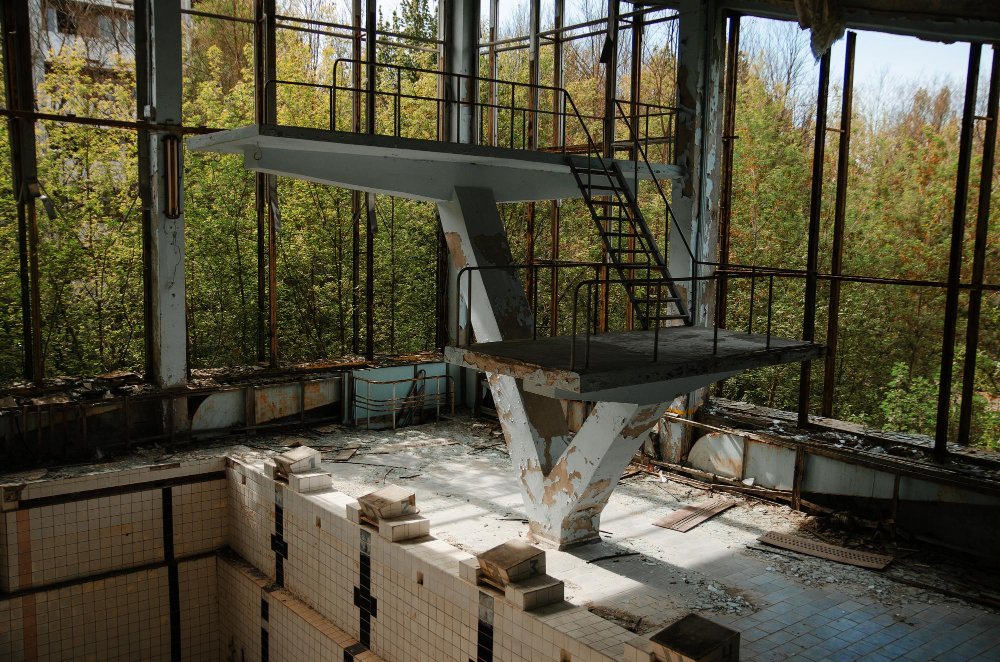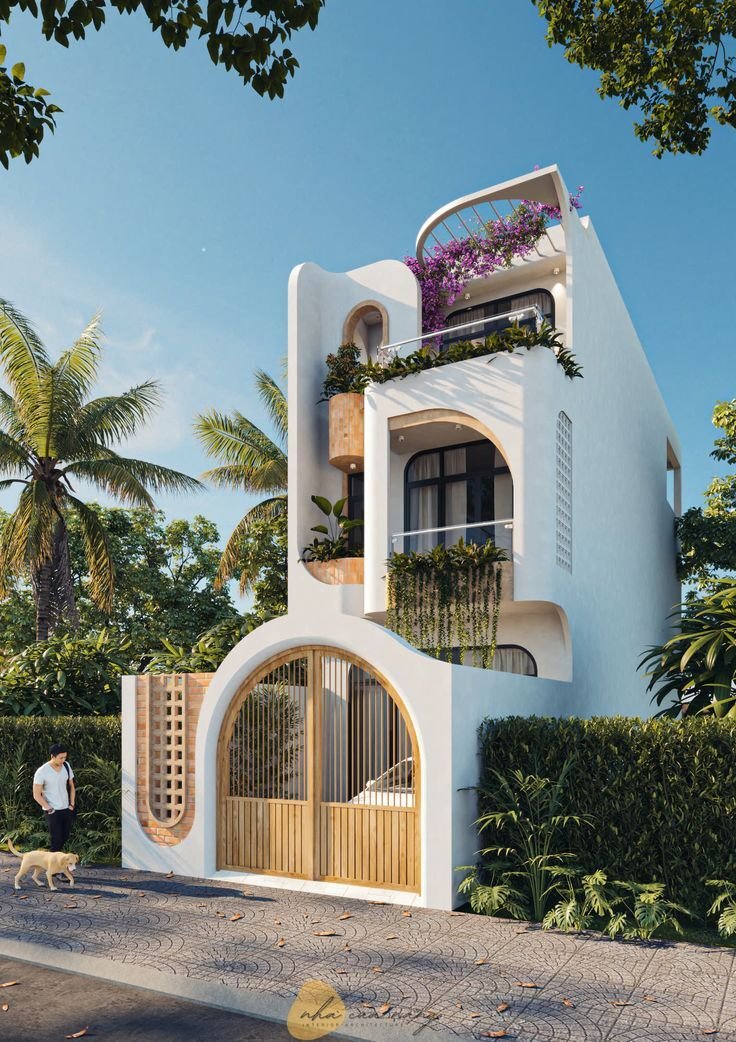As urban landscapes evolve and the demand for sustainable development grows, adaptive reuse has emerged as a powerful architectural trend. This process involves repurposing old or unused buildings, breathing new life into them by transforming them into modern, functional spaces. Adaptive reuse not only preserves the historical and cultural significance of structures but also contributes to sustainability by reducing the need for new construction and minimizing waste.
What Is Adaptive Reuse?
Adaptive reuse refers to the practice of repurposing existing buildings for new uses, often while maintaining much of the original structure. It’s a creative solution to urban development that offers numerous environmental, economic, and cultural benefits. Whether converting factories into loft apartments, warehouses into offices, or churches into art galleries, adaptive reuse allows for the retention of a building’s heritage while adapting it to meet contemporary needs.
Key Benefits of Adaptive Reuse
Sustainability and Environmental Impact One of the primary motivations behind adaptive reuse is sustainability. By reusing existing structures, architects and developers can significantly reduce the environmental footprint of a project. Building demolition contributes to waste and pollution, while new construction demands energy and resources. Adaptive reuse, on the other hand, conserves materials, minimizes the use of new resources, and reduces the carbon emissions associated with building production.
Preservation of History and Culture Old buildings often have architectural and historical significance that reflects the cultural heritage of an area. By repurposing these structures, communities can preserve their unique identity and historical narrative. This cultural continuity fosters a deeper connection between the past and present while honoring the craftsmanship and design principles of previous generations.
Economic Efficiency Transforming existing buildings is often more cost-effective than constructing new ones from scratch. While the initial investment in retrofitting or modernizing old structures can be substantial, the long-term savings in materials, labor, and land acquisition can offset these costs. Additionally, adaptive reuse can revitalize neighborhoods, attract investment, and boost property values.
Innovative Design and Creativity Adaptive reuse projects require creative design solutions. Architects must work within the constraints of the existing structure while making necessary updates to meet modern standards. This challenge often leads to innovative design approaches that result in unique, dynamic spaces that blend the old with the new. The juxtaposition of historical architecture and contemporary design elements can create visually striking and functional environments.

Examples of Adaptive Reuse
Industrial Spaces to Residential Lofts One of the most common forms of adaptive reuse is the conversion of industrial buildings, such as factories and warehouses, into residential lofts. These large, open spaces lend themselves well to modern living, offering high ceilings, exposed beams, and an industrial aesthetic. Cities like New York and London have embraced this trend, turning disused industrial areas into vibrant residential communities.
Historic Buildings to Cultural Centers Many historic buildings, such as churches, theaters, and schools, have been repurposed into cultural centers, museums, or galleries. These structures, which often have rich architectural detailing, provide a stunning backdrop for art exhibitions, performances, and educational programs. By reimagining these spaces, cities can preserve their historical value while creating hubs for cultural engagement.
Commercial Buildings to Modern Offices Old office buildings or commercial spaces can be transformed into modern work environments that meet today’s standards for flexibility, collaboration, and sustainability. Retrofitting these structures with energy-efficient systems, open floor plans, and modern amenities can revitalize urban centers and attract businesses back to once-abandoned areas.
Religious Structures to Public Spaces As societal needs change, religious buildings like churches and monasteries have been repurposed for public or private use. Many have become libraries, restaurants, or even homes. These structures often retain their unique architectural elements, such as stained glass windows or vaulted ceilings, creating spaces that are both functional and deeply atmospheric.
Challenges of Adaptive Reuse
While adaptive reuse offers numerous benefits, it also comes with its challenges:
Structural Limitations Older buildings may not meet modern building codes or structural requirements, and retrofitting them to comply with safety, accessibility, and environmental standards can be complex and costly. Architects and engineers must assess the condition of the building to determine whether it can be safely adapted for new uses.
Zoning and Legal Restrictions Many older buildings are located in areas with strict zoning laws or historical preservation regulations, which can limit the extent of modifications allowed. Navigating these legal restrictions requires careful planning and negotiation with local authorities.
Balancing Preservation and Modernization One of the key challenges in adaptive reuse is balancing the preservation of the building’s historical integrity with the need for modernization. While maintaining original features can add character and charm, certain updates—such as integrating modern HVAC systems or enhancing energy efficiency—are often necessary for the building’s future use.
The Role of Adaptive Reuse in Sustainable Urban Development
As cities face increasing pressure to develop sustainably, adaptive reuse has become a critical component of urban planning. By repurposing old buildings, cities can accommodate growing populations and evolving economic needs without the environmental toll of new construction. Moreover, adaptive reuse helps combat urban sprawl by making efficient use of existing infrastructure and revitalizing underutilized spaces.
In this way, adaptive reuse aligns with the broader goals of sustainable urban development: reducing waste, conserving resources, and fostering vibrant, livable communities. It also plays a vital role in preserving the character and identity of cities, ensuring that the architectural heritage of the past continues to enrich future generations.
Conclusion
Adaptive reuse represents an innovative and sustainable approach to architecture, merging history with modern functionality. As the demand for environmentally conscious development grows, the transformation of old structures into modern spaces offers a solution that balances progress with preservation. By embracing the possibilities of adaptive reuse, architects, developers, and urban planners can create dynamic, sustainable, and culturally rich environments for future generations.


